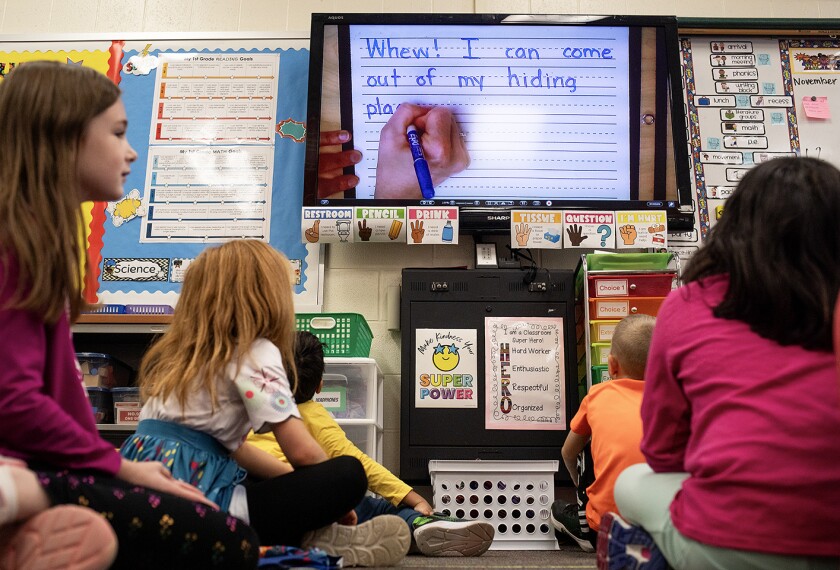Editor’s Intro: Today, Emily Mulvey, cross-subject itinerant teacher, and Sandra Makielski, NEA Global Leadership Fellow and 7th grade geography teacher, both from Davisville Middle School in North Kingstown, R.I., share how their middle schools used the U.N. Sustainable Development Goals (SDGs) as inspiration to create engaging global projects.
The Assignment
Our 7th grade students were aware of the need for change and action on various world problems such as poverty and clean water, yet few were familiar with the United Nations Sustainable Development Goals (SDGs). Our students often feel overwhelmed by their increased knowledge of global and local problems (climate change, racism, famine, endangered animals, conflict, pollution), which can lead to a sense of hopelessness. We saw an opportunity to empower our students by combining social studies and ELA classes and incorporating project-based learning and the SDG framework.
We began by challenging our students with a question: What action can you take toward addressing a local or global problem? We used the Blendspace platform to create an online space for our students to investigate all 17 SDGs. Students then formed groups based on the SDG that most interested them. Choosing a goal that students were personally connected to increased their motivation to think creatively, establish a need, and see their project through to the end. The assignment was to work in these collaborative groups to create action-oriented projects.

Once in groups, students generated ideas to help solve the selected SDG at the local, state, federal, or global level. At first, they started with really big dreams like giving an entire country personal water filters and raising money for the impoverished on the continent of Africa. To test their ideas, student groups chose one idea and went through a series of Shark-Tank-like presentations with administrators. They experienced what it was like to pitch a project to a panel of adults and answer questions that challenged or redirected their initial ideas. This was an essential part of planning each project because the students could see how big and potentially unrealistic their ideas were. It was during and after their presentations that many students were able to revise their original ideas and create more realistic projects.
Once they decided on a project, students were responsible for making connections such as emailing principals, community centers, individuals with international contacts, and local businesses. As project facilitators, we monitored timelines, previewed emails, and problem-solved when necessary. Their passion, the thrill of small successes, and a desire for change drove the students to do their best.
Measuring Success

Not all projects came to fruition, but all of the students learned from their attempts. For some students, their goals shifted as they proceeded through the planning process. One group went from shipping educational supplies to Kenya to fundraising to finally deciding to order supplies off the Kenyan website Flying Kites. Other groups expanded their projects as they reached their initial goal in record time. For example, one group went from sharing their public-service announcement in one classroom to sharing in three. Then there were groups whose goals were beyond reach due to time constraints or physical limitations, such as the students who hoped to volunteer in a local homeless shelter.
In the end, 100 percent of our students thought the take-action project helped them understand their chosen United Nations Sustainable Development Goal. If the expectation for success is only the accomplishment of a goal, then students and teachers may lower their expectations or end with a feeling of failure. If success is learning from the process, regardless of achieving the goal, both students and teachers will see growth, learning, and change.
Conclusion
Project-based learning is an excellent process that allows for student choice, engagement, and authenticity. Involving administrators in the process gave them ideas for potential schoolwide events (e.g., an afternoon movie fundraiser, nonperishable food drive, a schoolwide dress-code survey) and validated student ideas. Many tangible skills were developed (email etiquette, marketing, fundraising strategies, and public speaking) but just as important was the cultivation of compassion, empowerment, and responsibility. Our students not only identified a problem and became experts on specific global issues, but they also evolved into agents of change.
Follow Heather and the Center for Global Education on Twitter.
Quote image created on Pablo.
Photo of students taken by and used with permission of Sandra Makielski. Caption: Students completed a project on Kenya.




